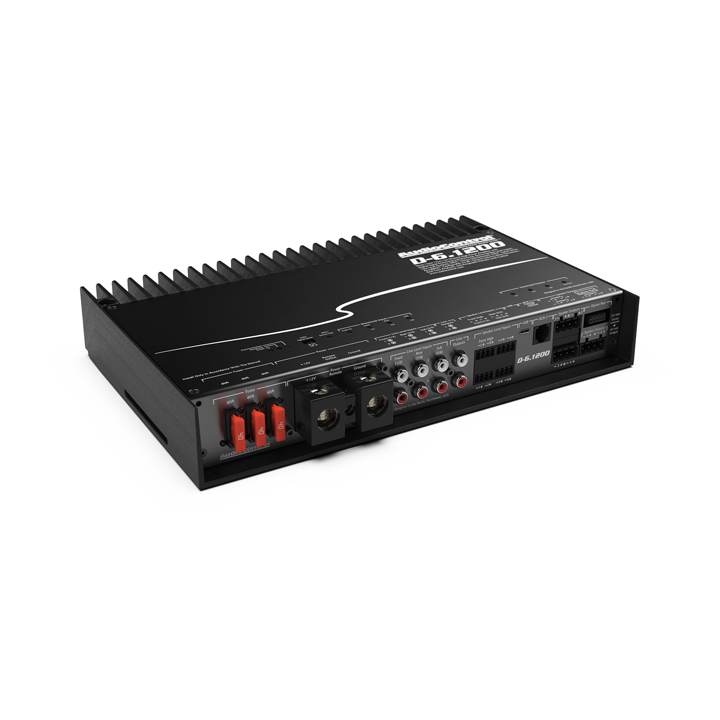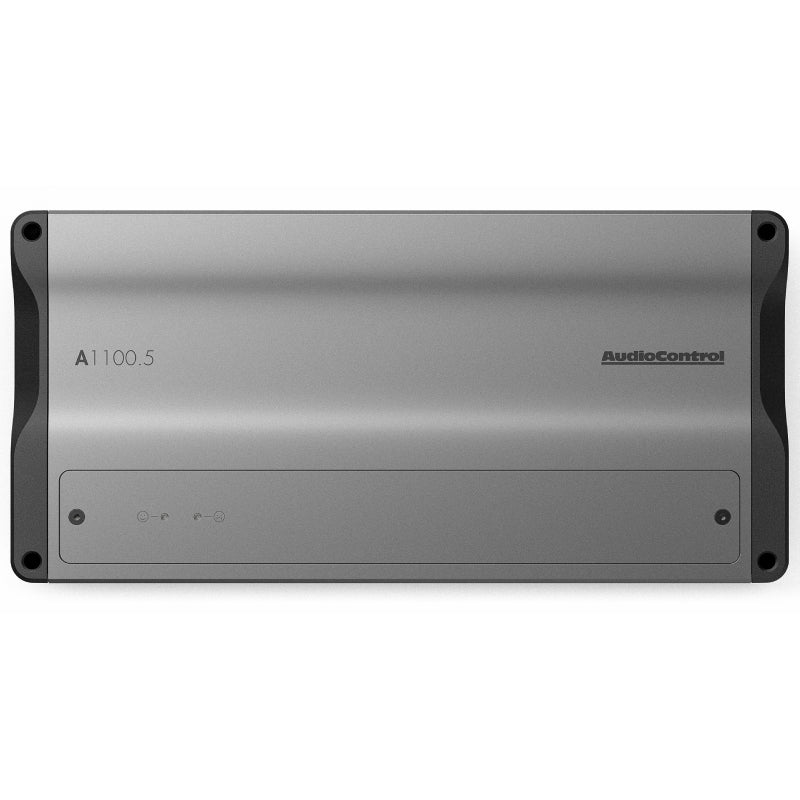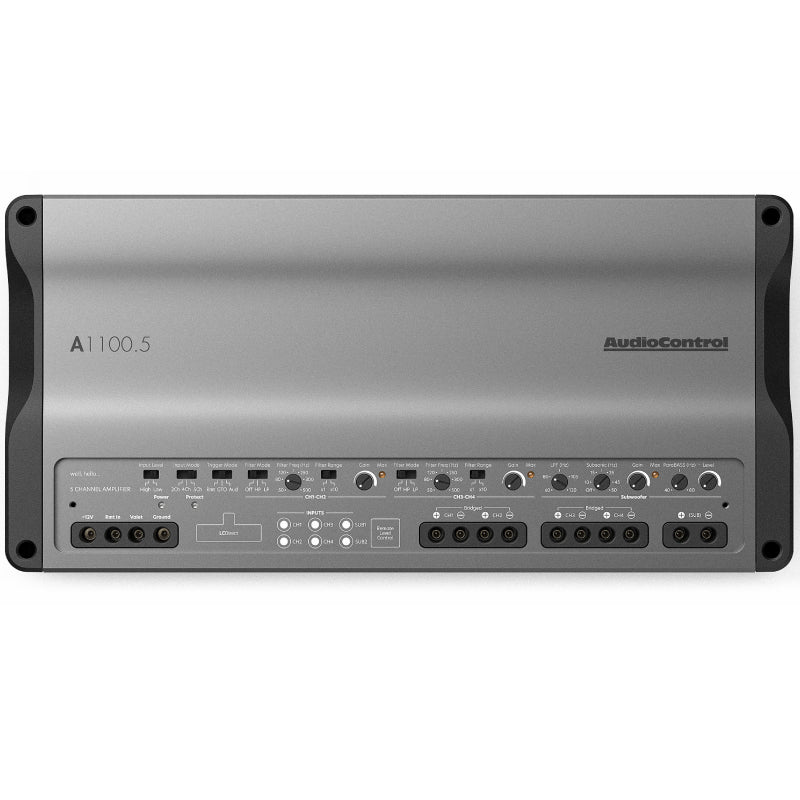Amplifier is the main part of any car audio system, Amp provides the power for sound clarity, dynamics, and depth to your sound. Knowledge about the amp channels requirements for your setup needs is important while choosing the right amplifier. If you want to compare a 2 channel vs 4 channel amp or plan a full system configuration, the number of channels will determine how your speakers and subwoofers come alive.
Understanding What Amplifier Channels Do
An amplifier channel is basically a circuit that conveys power to one speaker or component. It is possible to amplify only one audio signal per channel, so the more channels available, the higher the number of speakers or subs that can be driven independently.
For example:
-
A 2-channel amplifier powers two speakers or one subwoofer in bridged mode.
-
A 4-channel amplifier can power four speakers, or it can be bridged to drive two subs with more power.
This flexibility makes the channel count a crucial factor in designing your car audio setup.
Role of Amplifier Channels in Car Audio
Amplifier channels define how sound is distributed throughout your vehicle. A mismatched configuration can cause uneven sound or strain your components. The right setup, however, creates balance and efficiency.
Each channel delivers a clean, isolated signal. For example, one channel might send mids and highs to front speakers while another powers bass in the rear. This separation allows better control over tuning, crossover points, and overall soundstage placement.
In simple terms, the channel configuration you choose shapes the personality of your car’s audio.
Comparing 2 Channel vs 4 Channel Amp Systems

When it comes to choosing between a 2 channel vs 4 channel amp, the decision depends on your system goals and speaker layout. The table below helps highlight the main differences.
|
Feature |
2 Channel Amplifier |
4 Channel Amplifier |
|---|---|---|
|
Power Handling |
Ideal for two speakers or one subwoofer |
Can power four speakers or two bridged subs |
|
Flexibility |
Limited to front pair or subwoofer setup |
Offers more versatility for front, rear, or full system |
|
Sound Control |
Basic adjustment options |
Greater control over balance and fade |
|
Best Use Case |
Simple setups, adding bass to factory system |
Full-range sound systems, front and rear speakers |
A 2 channel amp is suitable for a user who wishes to drive one pair of aftermarket speakers or subdivide the channels into one subwoofer and one to power a pair of speakers. It is simple, effective and cheap.
A 4-channel amp, in its turn, offers space to expand. It is able to drive your front and rear speakers at the same time, or bridge two channels to allow a subwoofer without losing the other two as your mids and highs. This is the reason behind its popularity among those who upgrade their systems in phases.
Matching Amplifier Channels for Car Audio Setup
Selecting an amplifier is not just a choice based on the number of channels but it is also a choice based on the interaction of the channels with your system design. These are the recommendations on the best amplifier set-up.
-
Identify Your Speaker Count: Count how many speakers you plan to power externally. If you have four main speakers, a 4-channel amp is the natural choice.
-
Consider Adding a Subwoofer: If you want strong bass, make sure the amp can be bridged or paired with a dedicated mono amp for the sub.
-
Match Impedance and Power: Each speaker’s impedance rating (measured in ohms) must match the amplifier’s output specifications to prevent overheating or distortion.
-
Plan for Future Upgrades: Even if your current setup is simple, an amp with more channels gives flexibility for future expansion.
-
Use Proper Wiring: Clean power delivery ensures your channels perform efficiently with minimal interference.
With thoughtful planning, you can create a setup that balances power and precision without overcomplicating your system.
Bridging Channels for More Power
Bridging The power of two channels of amplifiers is added together in a single output. This feature is especially useful when you want to drive a subwoofer with higher wattage while still using the same amplifier. As an example, on a 4 channel amp, you can bridge the back channels to a subwoofer and use the front to other speakers. This arrangement provides clarity as well as impact without any additional sub amp.
Only remember to ensure that the amplifier is bridgeable and the impedance load is not too high. The channels may be distorted or damaged permanently due to overloading.
Achieving Balance in Your Car Audio Channel Setup
Every vehicle has its own acoustic characteristics, so balancing your amplifier channels ensures consistent sound from front to back. Use the amp’s gain controls, crossovers, and equalizer settings to fine-tune output for each speaker.
Here are a few quick tips:
-
Set front channels slightly louder for a focused soundstage.
-
Use rear channels mainly for depth and ambient fill.
-
Adjust crossover points to keep low frequencies out of midrange speakers.
-
Always test the setup with different genres and volumes before finalizing adjustments.
A balanced car audio channel setup delivers clarity and warmth, turning every drive into an engaging listening experience.
When to Use Multiple Amplifiers
The need for more amplifiers is always required as you upgrade your audio system. Multi-amp is a capability that lets you split frequency loads and enhance the overall performance of car audio. As an example, you might have a monoblock subwoofer amp and a 4 channel amp on the mids and highs. This method ensures that every component gets the maximum power, as well as minimizing distortion. It also makes it easier to tune as each of the amplifiers can be tuned to a certain frequency range.
Importance of Proper Installation
Even the best amplifier configuration won’t perform well without proper installation. Secure grounding, quality wiring, and correct gain settings prevent unwanted noise and overheating.
At Elite Auto Gear, experienced installers focus on clean power delivery, tight connections, and well-tuned crossovers. Attention to detail during installation can make a good amplifier sound incredible and a powerful one sound flawless.








